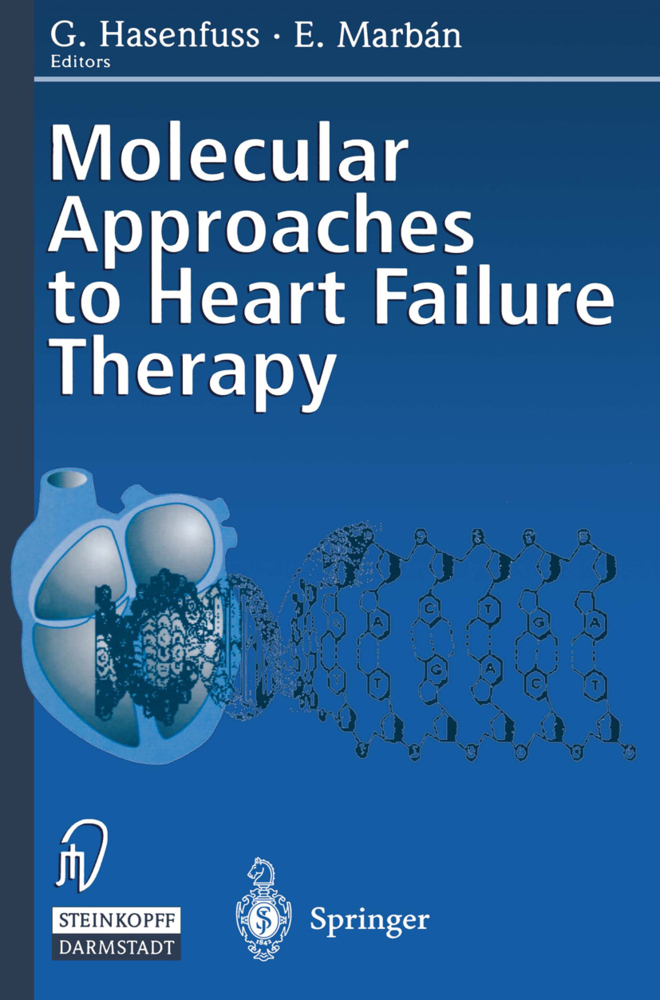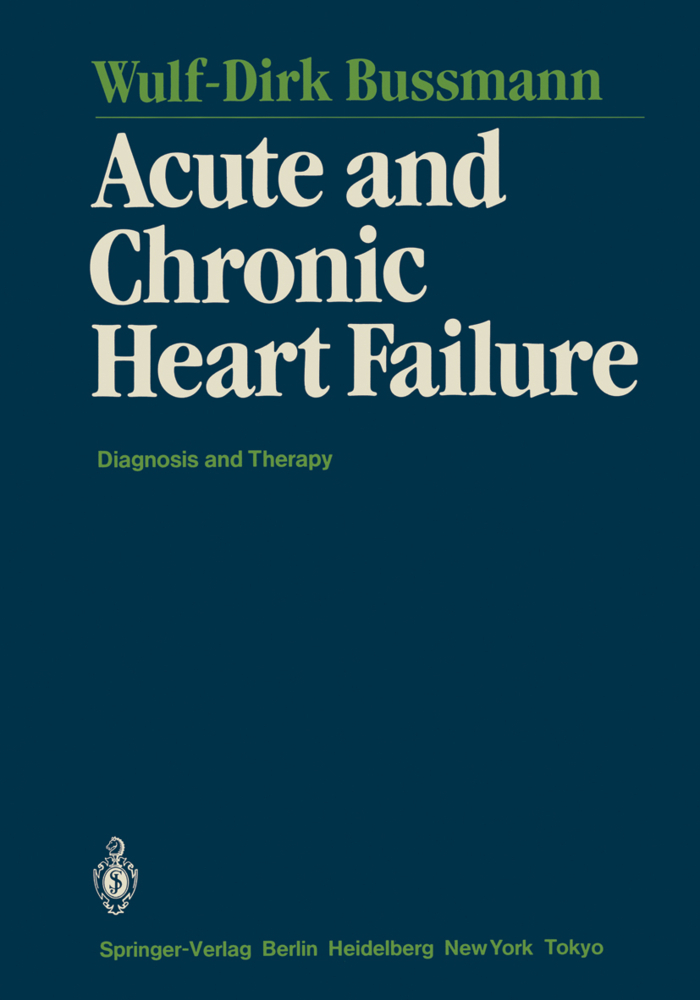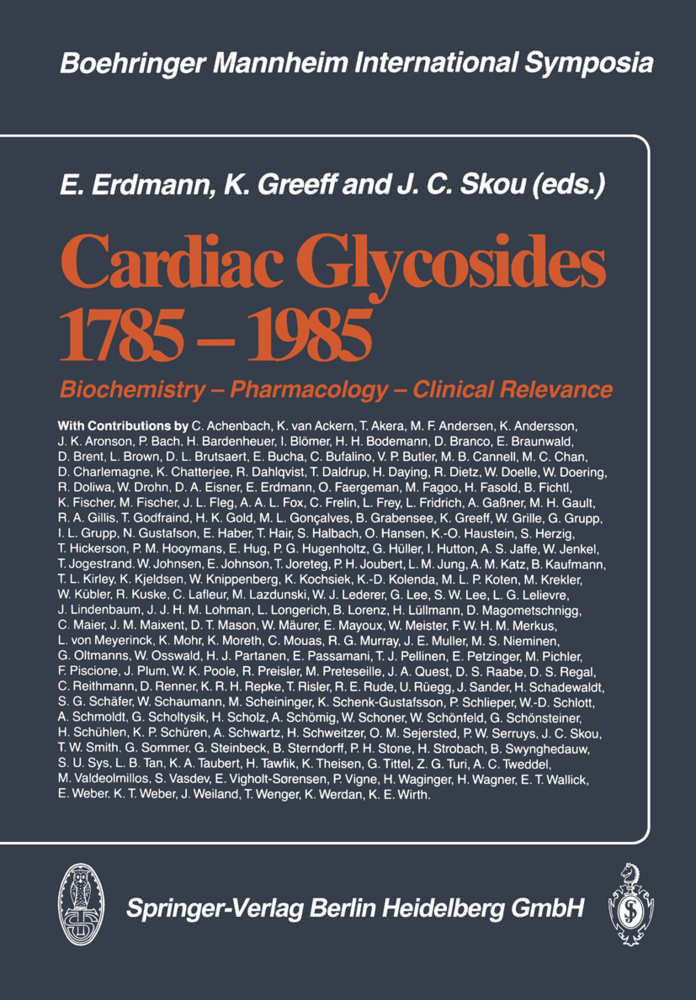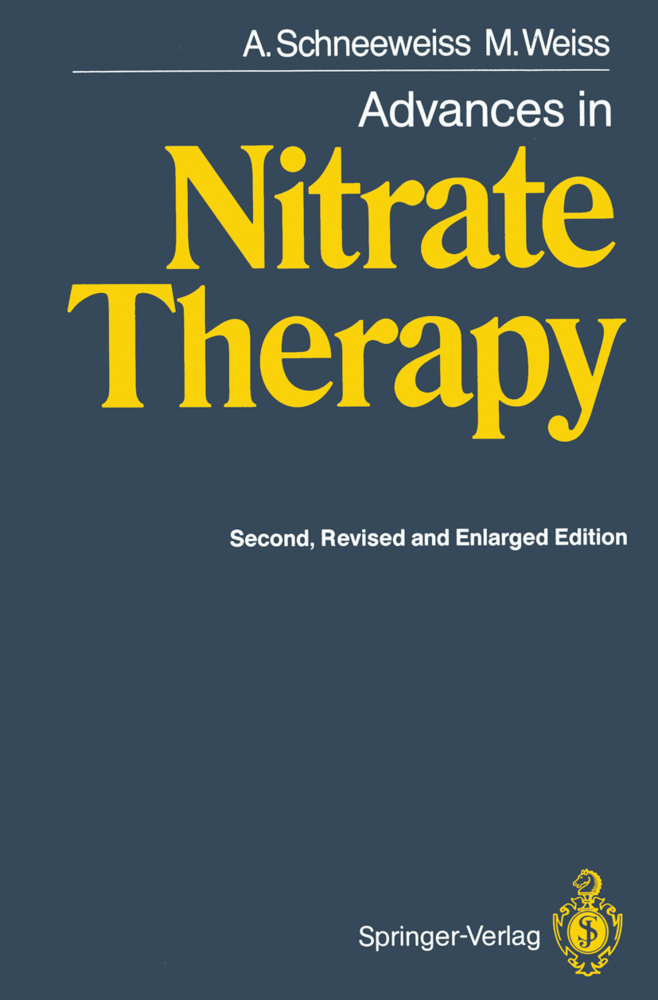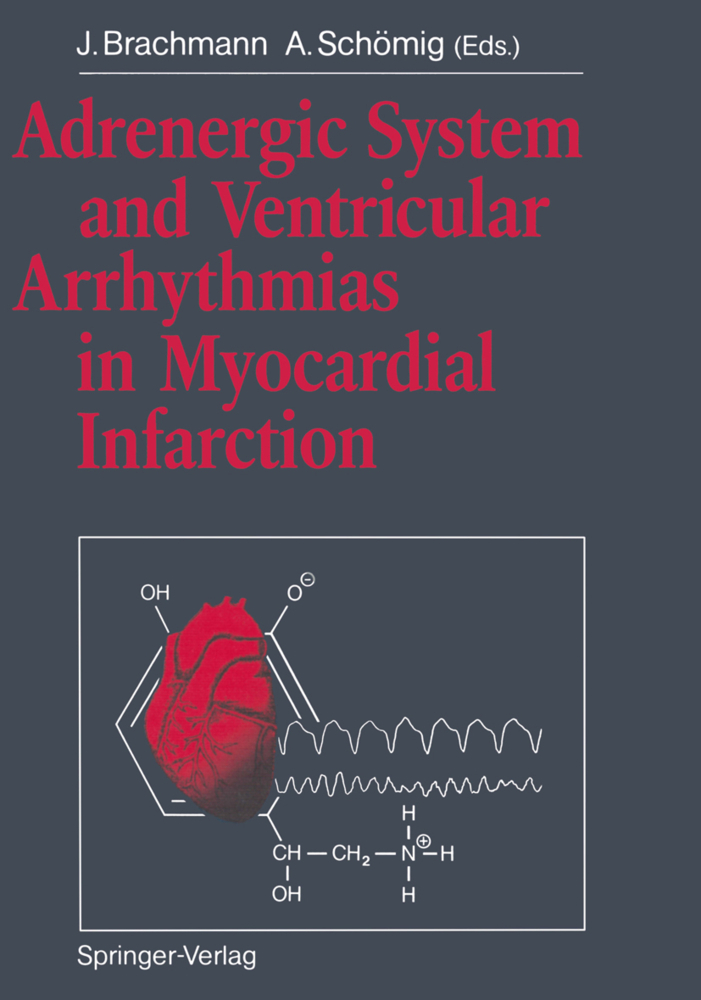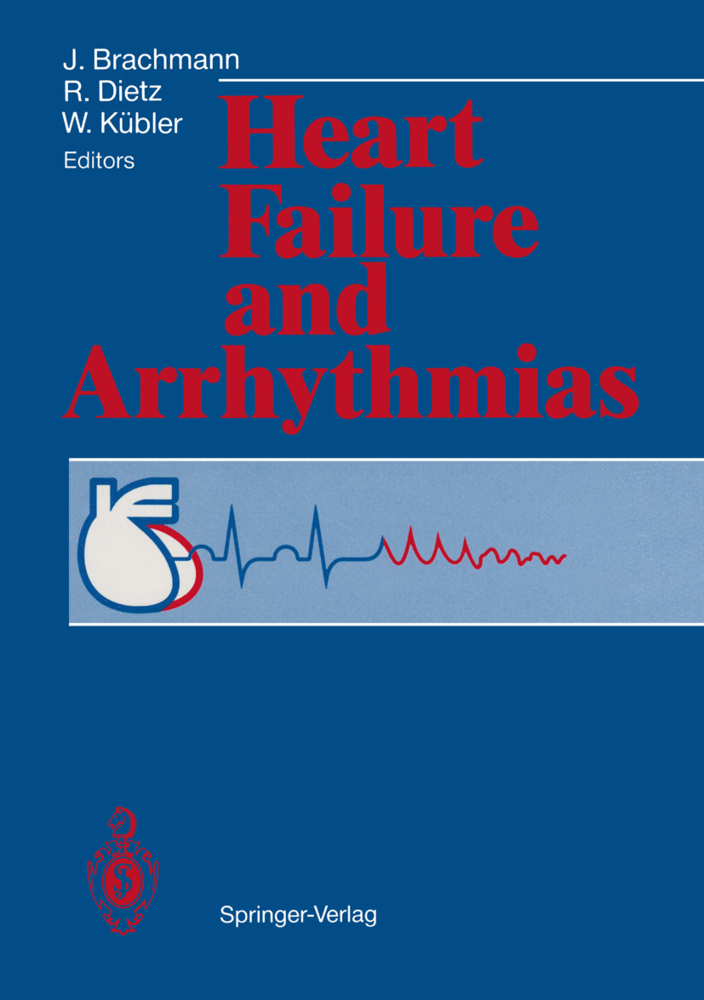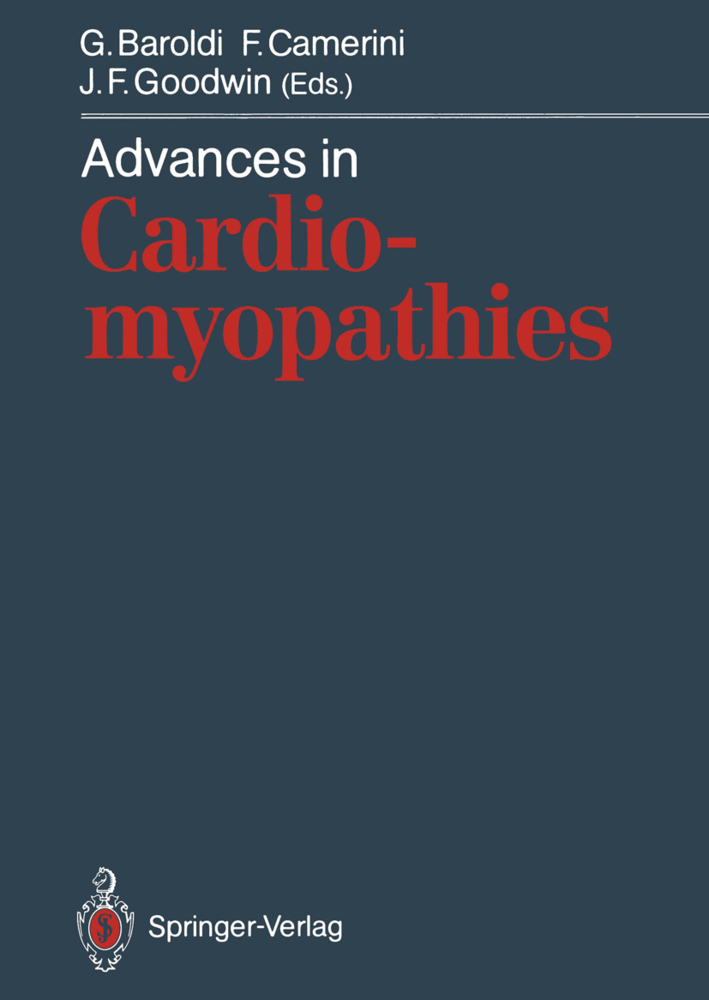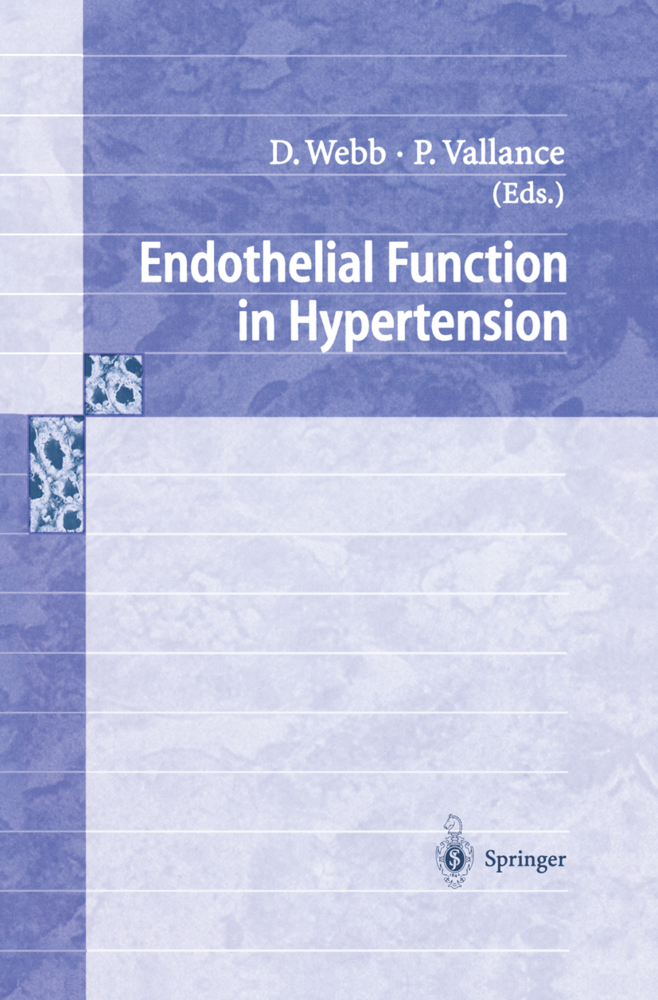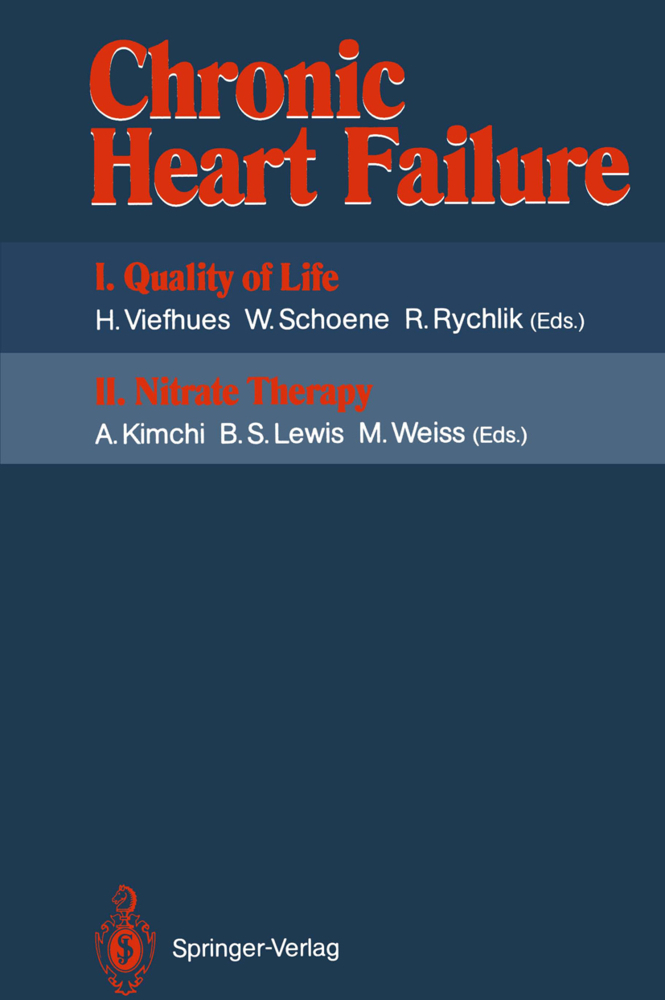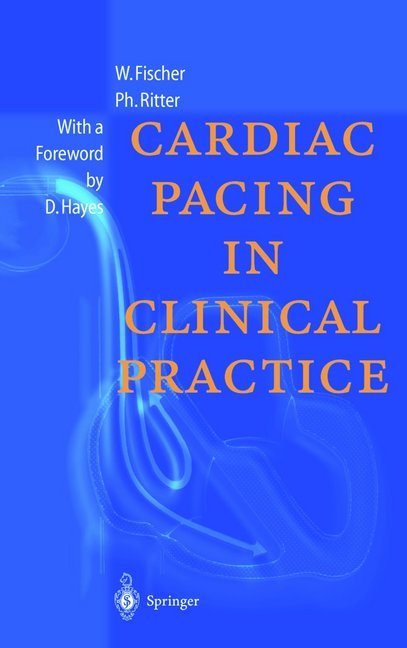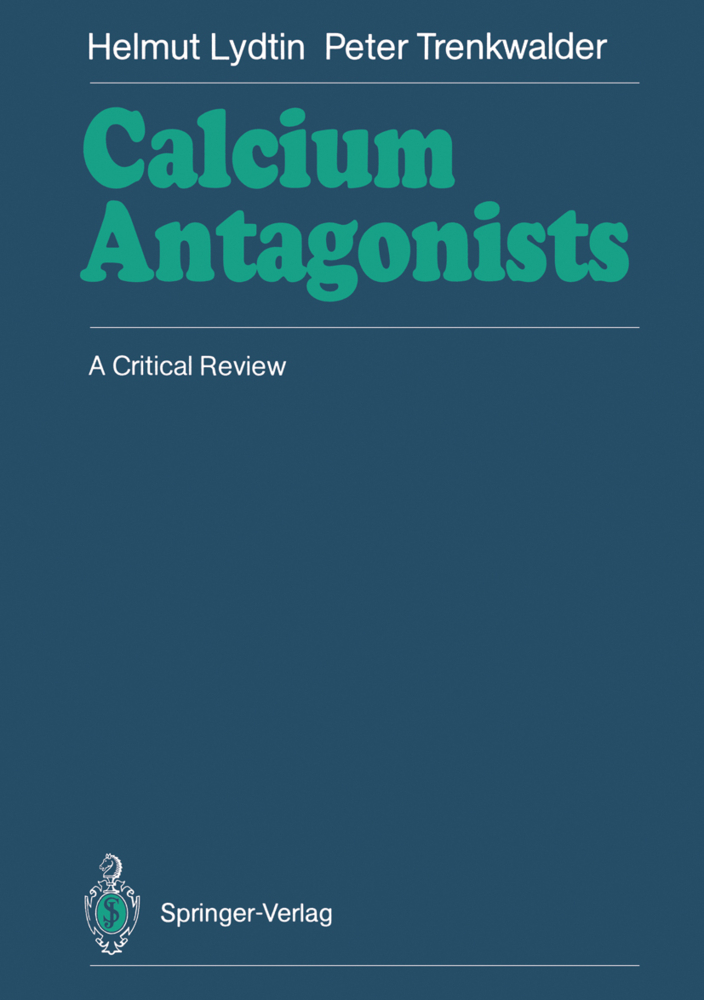Molecular Approaches to Heart Failure Therapy
Molecular Approaches to Heart Failure Therapy
G. HASENFUSS, E. MARBAN Heart failure embodies the central irony of modern medicine. As we have become increasingly adept at treating the major proximate causes of death in Western society, we have effectively converted acute illness into chronic malady. The last twenty years have witnessed a revolution in the treatment of acute coronary syndromes, myocardial infarction in particular. Patients who reach the hospital now have every expectation of leaving alive, but not necessarily well. Our ability to blunt the edge of ischemic insults has en gendered new problems: a new cohort of patients whose hearts function well enough to enable short-term survival, but at the cost of decreased ex ercise tolerance, dyspnea and increased long-term mortality. The irony is compounded by our increasingly sophisticated pharmacopeia for the treat ment of heart failure, which, by slowing the progression of ventricular dys function, has created a chronic illness. The fact of its chronicity makes heart failure no less deadly. In symptomatic patients, mortality exceeds 5-10% per year even with the best contemporary therapy. Not all heart failure is ischemic, of course, but the final common phenotype is eerily concordant regardless of the proximate cause. No wonder, then, that heart failure is the leading cause of hospitalization in America and in Western Europe and that the prevalence of the disease continues to rise. Drugs have indeed revolutionized heart failure therapy, ACE inhibitors and beta-adrenergic blockers having the most outstanding records to date.
3 Genetic approaches to elucidate the regulatory role of phospholamban in the heart
4 Manipulation of SERCA2a in the heart by gene transfer
5 Changing the cardiac calcium transient: SERCA2 overexpression versus phospholamban inhibition
6 Adenovirus-mediated gene transfer of SERCA isoforms
7 Overexpression of FKBP12.6 to influence SR function
8 Adenovirus-mediated myocardial gene therapy
9 Adenovirus-mediated transfection of multicellular cardiac preparations
10 Myocardial-specific gene delivery
11 Transfection studies using a new cardiac 3D gel system
12 Cellular mechanisms of cardiac arrhythmias - do they play a role in heart failure?
13 Potassium channel overexpression
14 Mechanisms and relevance of apoptosis
15 Strategies to prevent apoptosis
16 Neurohumoral modulation of metalloproteinases in cardiac failure:impact on remodeling
17 Oxidative stress in heart failure
18 Modulation of cardiac function by essential myosin light chains in health and disease
19 Myocardial infarction, infarct repair, and strategies for muscle regeneration
20 Cardiomyocytes can induce rhythmic contraction of skeletal muscle cells. Potential use for infarct repair
21 Strategies to identify cardiomyocyte cell cycle regulatory genes.
1 Alterations in excitation-contraction coupling and potential gene therapy targets in failing human hearts
2 Cardiac overexpression of fl-adrenergic receptors3 Genetic approaches to elucidate the regulatory role of phospholamban in the heart
4 Manipulation of SERCA2a in the heart by gene transfer
5 Changing the cardiac calcium transient: SERCA2 overexpression versus phospholamban inhibition
6 Adenovirus-mediated gene transfer of SERCA isoforms
7 Overexpression of FKBP12.6 to influence SR function
8 Adenovirus-mediated myocardial gene therapy
9 Adenovirus-mediated transfection of multicellular cardiac preparations
10 Myocardial-specific gene delivery
11 Transfection studies using a new cardiac 3D gel system
12 Cellular mechanisms of cardiac arrhythmias - do they play a role in heart failure?
13 Potassium channel overexpression
14 Mechanisms and relevance of apoptosis
15 Strategies to prevent apoptosis
16 Neurohumoral modulation of metalloproteinases in cardiac failure:impact on remodeling
17 Oxidative stress in heart failure
18 Modulation of cardiac function by essential myosin light chains in health and disease
19 Myocardial infarction, infarct repair, and strategies for muscle regeneration
20 Cardiomyocytes can induce rhythmic contraction of skeletal muscle cells. Potential use for infarct repair
21 Strategies to identify cardiomyocyte cell cycle regulatory genes.
| ISBN | 978-3-642-63332-4 |
|---|---|
| Artikelnummer | 9783642633324 |
| Medientyp | Buch |
| Copyrightjahr | 2012 |
| Verlag | Springer, Berlin |
| Umfang | X, 357 Seiten |
| Abbildungen | X, 357 p. |
| Sprache | Englisch |

